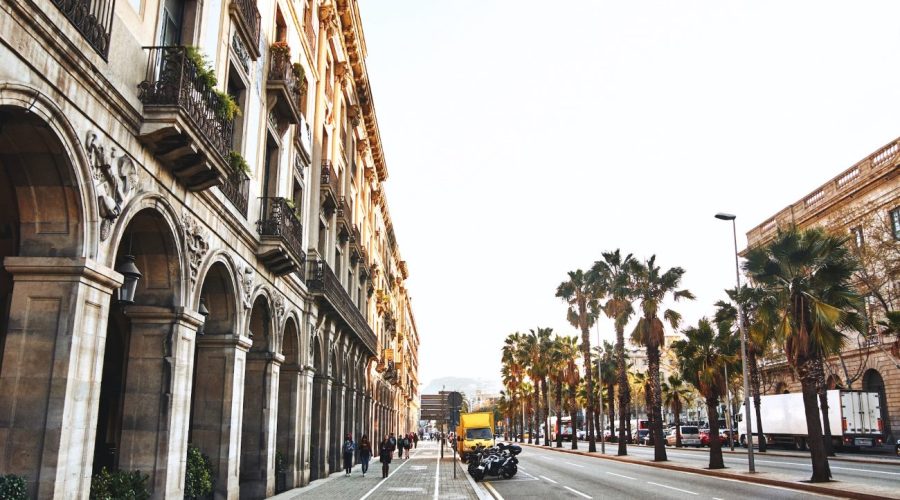Viking Dublin Facts – Uncovering the Rich Norse History
History of Viking Dublin The Viking menší The following site provides brief over view on Vikings’ presence in the Irish city and how it influenced the city’s development.
of Ireland. In the following article, the main facts about Viking Dublin will be discussed to introduce the readers with detailed enlightening information about the topic.
and as to the importance, culture and their impact on the history of Ireland.
1. Viking Dublin – The Beginnings
The Viking Age could be roughly categorized from the late eighth till mid-eleventh century and during this period, the Scandinavians known as the Norsemen started travelling far and wide.
, in order to obtain routs for commerce and resources as well as land for further colonization. Dublin got its name from “Dubh Linn” in old Irish language which means “black pool.”
The literal translation of the name, ‘black pool,’ bestowed upon it rendered the place a dominant viking point.
Situated in the eastern side of the island of Ireland this city was advantageous since it had a natural harbor and was near
other trading routes. This made it possible for the Vikings to be able to form social relations with other parts of Europe.
including Britain and Scandinavia.
2. Dublin – A Viking Trading Hub
Similar to the spades, another significant advantage was the aptitude of Dublin to become a thriving center of commerce with attraction of numerous merchants from all around the region. The Vikings brought a rich supply of goods to exchange with; otherwise, it exported products like silk, spices, and others from the eastern countries, amber, fur,
weapons.
Not only goods were imported but also money in the form which was unfamiliar to the inhabitants of the city – silver coins. These coins also known as pennies and half-pennies conducted trade and boosted the economic development in the
region.
3. Norse Influence on Dublin
It is testimony to the Vikings that there are several features that people of today’s Dublin have inherited and which suggest the Vikings’ presence.
Some of the typical Norwegian influence evident in the city is in the street names such as Fishamble Street as well as the area known as Oxmantown.
Road.”
In addition, it is important to note that architecture of Dublin also displays a mix of Norse & Celtic influences. The remains of the Dublin Castle,
for instance they should present viking influences in the design of the defenses and the location.
4. Viking Dublin’s Political Landscape
The Norse conquered the place and they set up a lineage in the form of a ruling class comprised of Kings of Dublin. These kings are said to have had much control over the area of Dublin and was major prominence especially concerning the politics of
time.
Relative to the other Viking lords of Ireland, Sitric Silkenbeard is perhaps the most famous ruler being that he effectively forged strategic relations with the kings
and participated in different periods of Ireland’s History and was crucial in the Battle of Clontarf in 1014.
5. Cultural Impact and Legacy
The article that I am going to describe also tells that the Vikings impact was not only expressed in the material but also, in the spiritual level of the city. In Ireland, the effects can be regarded both in its art, culture and language where the people have been influenced by the Norse. Additionally, the city’s close interactions with other Viking settlements meant that there was even more similarity in the cultures and folklores of the various teams.
6. Exciting Viking Dublin Sites to Visit
In order to get a real touch of the Viking Dublin, it is necessary to visit some of the places which are occupied by the remains of that epoch rich heritage. There are several essential places that you should go to:
- The National Museum of Ireland – Archaeology: This museum has a rich collection of items that is rich in the history of the Viking Age.
- Beautiful artistic items such as necklaces, swords and shields, and utensils were engraved with detailed and well-executed patterns.
- Dublinia: This is an excellent type of museum through which visitors are taken back in time in order to experience Viking age of Dublin. Here, you can
- get an impression of how it was to live in the 1950s through the established exhibits and recreations.
- Wood Quay: The archeological dig at Wood Quay presents a picture of the Viking Dublin. The preserved ruins
- explain the story of the structural development of the city and substantial details of architecture.
Conclusion
Dublin had always been an important part of the Iron Age vikings Ireland since it was a major point of entrance for trade, culture, and other aspects of the human life.
political influence. Some of its presence can be observed today through such possession as the city’s architecture, street names and.
cultural heritage. In any case, when exploring more of the historical facts on Viking Dublin, one can understand its long-standing impact.
legacy of these Norse explorers.
In that case, should you ever be in Dublin, do not hesitate to take a trip back in time and explore the Vikings.
history of this captivating city.
Table of Contents



